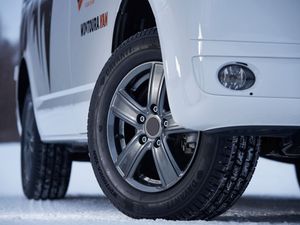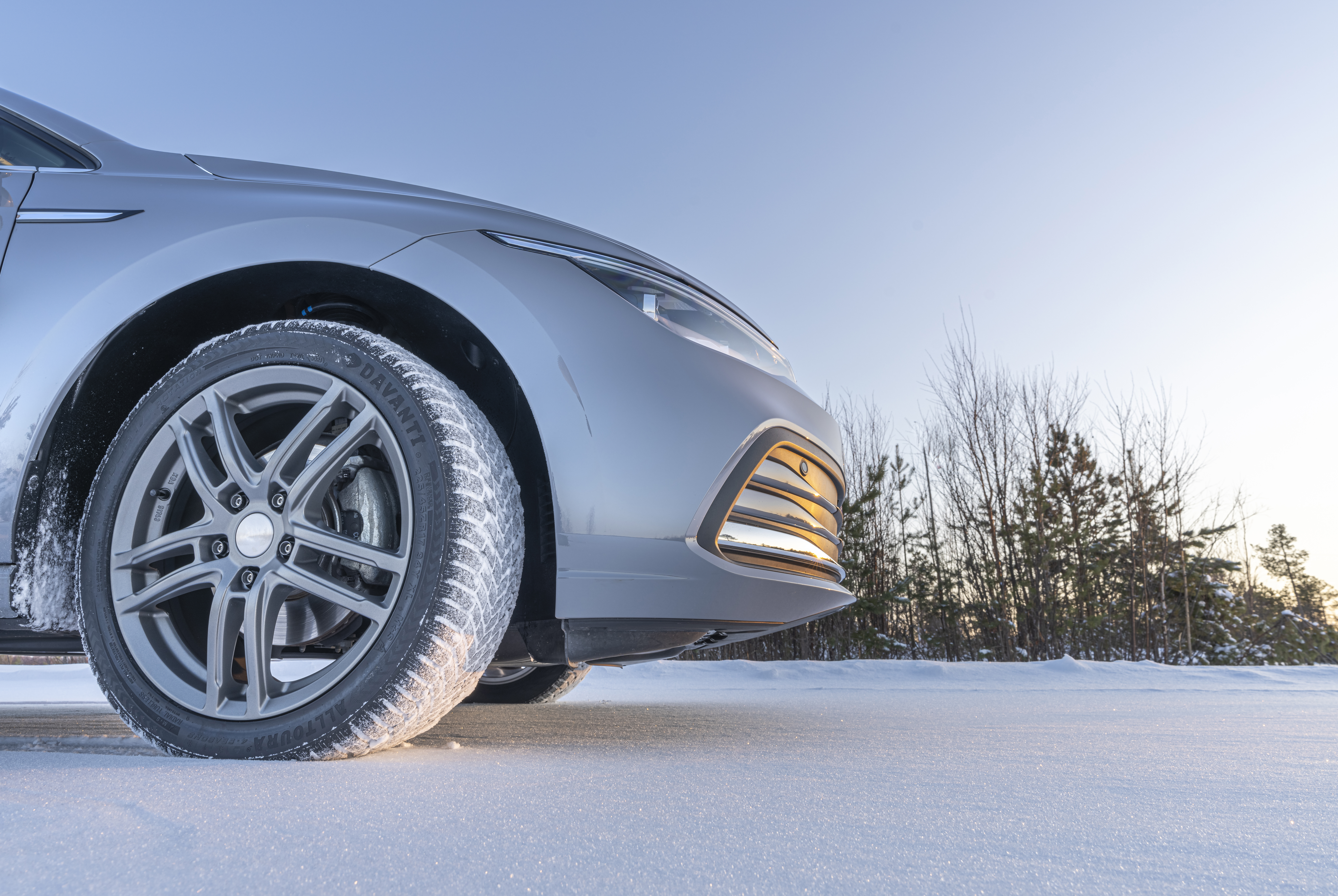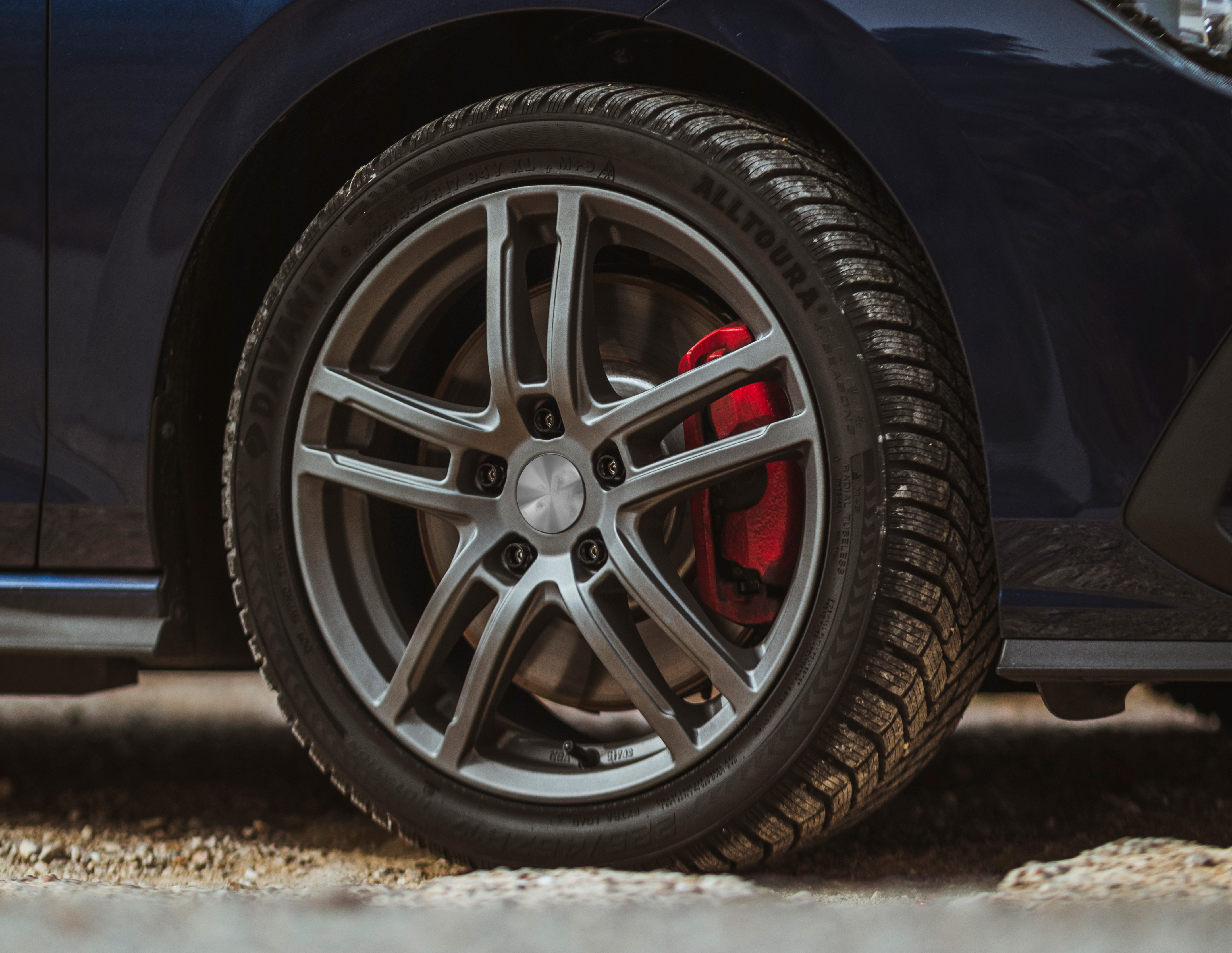Tyre labelling: What do the markings mean and how can they help you?
Tyres hold a wealth of information on their sidewalls, but how do you decipher it?

Tyres include a lot of information on their sidewalls. Those markings indicate a variety of different aspects of a tyre’s design, structure and age – among other things – and can help you learn a little more about the type of rubber that a car is using.
But they can appear a little complicated and deciphering them can be tricky at the best of times. Fortunately, we’ve spoken with Davanti Tyres about what these markings mean and how they can help you out.
What are the main tyre markings?
A tyre’s markings are applied on its sidewall. Here, you’ll find the product name, the compact that made them, its size, Department of Transportation code and other properties such as the type of usage that the particular tyre is designed for.
You may also hear them referred to as ‘tyre codes’ – but that means the same thing as markings.
But what do they actually mean?

>
Okay, so we’ve covered the kind of information that you’ll find on a tyre, but what does it actually mean? Let’s take a look.
Product name
The product name is one of the easiest markings to work out. It’ll show the manufacturer’s brand name alongside the particular model of tyre. You may also have some additional information here, such as a website for the tyre manufacturer.
Tyre size
Tyre size is very important. You’ll find it showcased by numbers and a letter on the sidewall – you’ll need to use these if you ever want to find a replacement tyre. The first of the three numbers highlights the width of the tyre in millimetres and relates to the distance between the inner and outer sidewall. For example, 205’ means 205mm between inner and outer sidewalls.
The second number is the relationship between the tyre’s sidewall height and its width. For example, ‘55’ would mean that the sidewall height between the top of the tread and the rim is 55 per cent of the tyre’s width.
Tyre construction type and wheel diameter

>
You’re also able to get a little extra information about the tyre’s construction through these sidewall markings. There’s usually a letter followed by a number – the letter relates to the tyre construction, while the number indicates the diameter of wheel that it has been designed to fit.
For example, ‘Z’ indicates that the tyre is suitable for cars with a top speed of over 149mph, while ‘R’ means that it’s of a radial construction. Then, a ‘16’, for example, would mean that it’s designed for a 16-inch wheel. You may find other letters here such as ‘P’ for passenger car or ‘LT’ for light truck. Spare wheels will also have a ‘T’ for temporary.
Maximum load and speed
Finding out the maximum load and speed of your tyre is important, particularly if you’re looking to carry a lot of equipment or people in your car. You’ll find a number followed by a letter to describe this. For example, ‘97’ – when using a tyre load index – means that a single tyre has a maximum load of 730kg. The tyre load index is readily available online, too, so you can find out exactly what your tyre is rated too easily.
Then the letter corresponds to the maximum speed at which a tyre can carry its maximum load. Again, this is handy if you’re looking to tour or travel on motorways when fully loaded.
DOT Code

>
The DOT – or Department of Transportation – code outlines the location of manufacture, the tyre size code, the unique identifier of the manufacturer and the year and week of production. If you’d like to find it, then look out for ‘DOT’ which outlines the manufacturer’s information, while the circled section states the week and year of production.
The first two numbers represent the week within that year the tyre was created, while the two numbers afterwards show the year. It’s a great way of finding out how old a set of tyres is as even though they may appear fresh and new, they could be quite old in reality.
Other labels
You may find that a tyre displays some other labels which give further information. Some tyres will have a ‘3PMSF’ label which consists of three peaks and a snowflake. Essentially, this is the most recent standard for winter or snow tyres and shows that they’ve been designed specifically for winter performance.
And ‘M+S’ label might be present on some tyres, too. This relates to all-season and winter tyres and stands for ‘Mud’ and ‘Snow’. It also indicates that the tyres is, according to the manufacturer, a ‘snow’ tyre but hasn’t been subject to tests.





